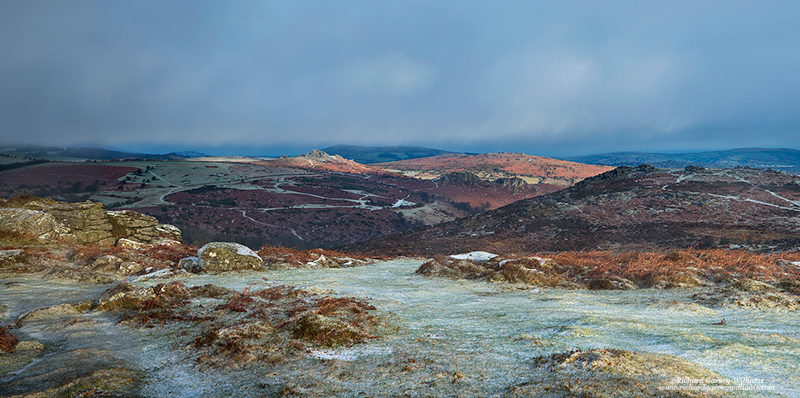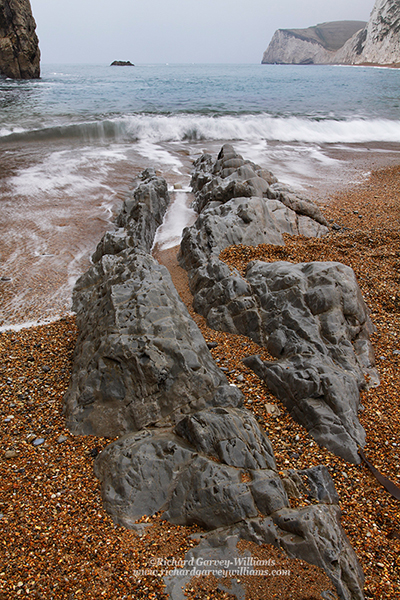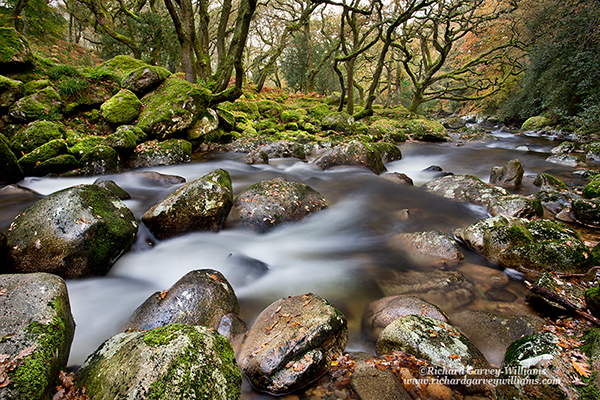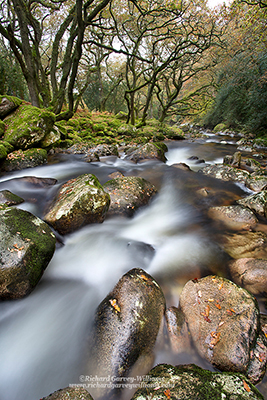Tutorials
Horizontal or Vertical?
The horizontal orientation is, of course, ideal for subject matter that is orientated in this plane, but also for conveying a sense of width and space.

Conversely, the portrait/vertical orientation can suit more elongated subjects such as the standing human and tall buildings. It can assist with conveying a sense of height and also depth in landscape images and perhaps the relationship between very near objects (including the viewer) and distant ones.


However, in deciding whether to go to all that trouble (!) of rotating your camera by 90 degrees, judgments also need to be made regarding the best orientation to employ to make use of the impact of lines and shapes, and also how best to balance the elements in the scene. Simply moving slightly to one side may make a change in orientation appropriate, as in this example:


It can be an interesting exercise to assess after a day’s shooting how many of each you have taken. Beginners naturally have a tendency to overlook the option of the vertical as they usually aren’t studying the scene analytically with compositional factors in mind.